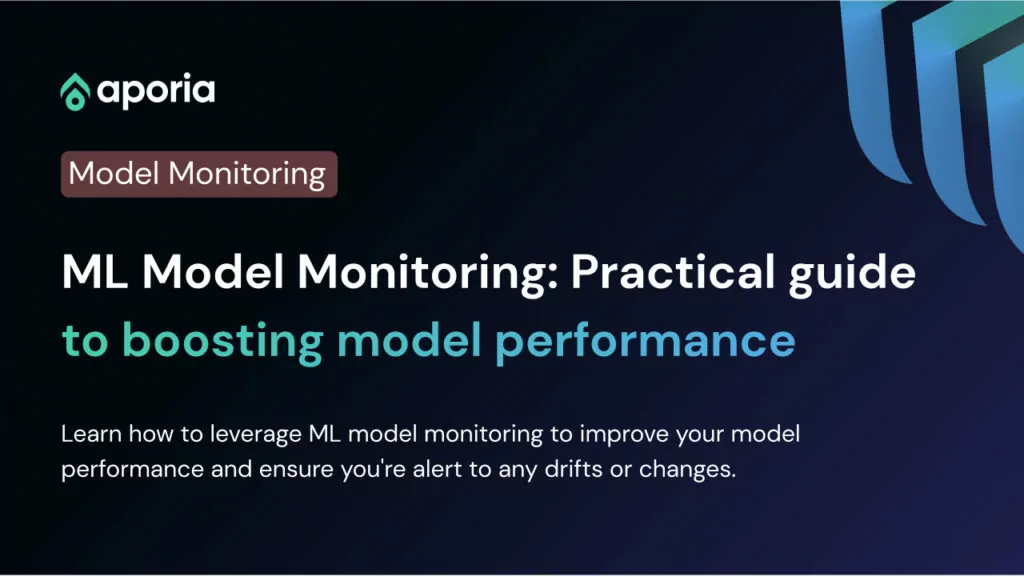
ML Model Monitoring: Practical guide to boosting model performance
What is ML Model Monitoring? Machine learning model monitoring measures of how well your machine learning model performs a task...
Aporia has been acquired by Coralogix, instantly bringing AI security and reliability to thousands of enterprises | Read the announcement
Scientific modeling is the aim of which is to make a particular part or feature of the world easier to understand, define, quantify, visualize, or simulate by referencing it to existing and usually commonly accepted knowledge. It requires selecting and identifying relevant aspects of a situation in the real world and then using different types of models for different aims, such as conceptual models to better understand, operational models to operationalize, mathematical models to quantify, and graphical models to visualize the subject. ML models are created by training algorithms on large sets of data with labels or known answers. Then, they’re used to predict labels for new data sets based on patterns found in previous ones.
In Machine Learning/Artificial Intelligence, a model is any system that can make predictions and can be improved through the use of data.
This broad definition is used to to support a large number of use cases in Aporia Models:
Here are some common business use cases: Fraud Detection, Credit Risk, Patient Diagnosis, Churn Prediction, Customer LTV, etc.